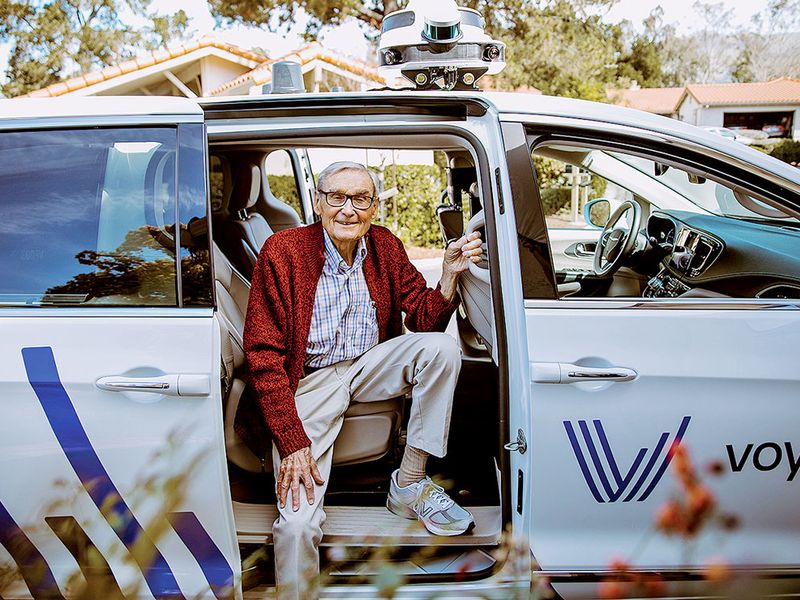
When John Krafcik visits his mother in Southern California, he faces the same dilemma as many with elderly parents.
“I often spend the whole trip driving her around to run simple errands and visiting friends she can’t easily see on her own,” he wrote in a blog post.
Self-driving vehicles could someday provide transportation that unlocks mobility options for older adults who no longer drive or preserves independence for those who still do.
Krafcik knows that better than most. As Waymo CEO, he understands the potential of autonomous-driving technology. He’s already given his mom, who turned 101 in September, a sneak peek.
Millions more await such a look. After handing over their keys, the average American still has seven to 10 years where transportation alternatives are essential, according to statistics kept by AARP. More than 3.5 million U.S. residents 85 or older still have a driver’s license.
“That’s an awful lot of individuals,” said Jean Setzfand, senior vice president of programs at AARP. “We’ve really sunk our teeth into this whole notion of technology-enabled transportation. We’re trying to help our constituents understand its value and purpose and use it to expand their independence.”
While promising, there’s an uphill challenge. Two-thirds of motorists 50 and older told the organization in a recent survey that they’re “not very” or “not at all” willing to ride in an automated vehicle.
While companies such as Voyage, a startup that operates robotaxis in a retirement community in Florida, have the opportunity to directly alter those perceptions, Setzfand envisions a more gradual overall acceptance of automated vehicles keyed by ongoing experiences with both ride-hailing services and driver-assist features in personally owned vehicles.
“A way we’ve been thinking about this is to draw more of a glide path to get consumers acclimated, both with the bells and whistles in their own vehicles and their comfort with ride-share,” she said. “Then we think the glide path into AVs will be easier.”
In 2019, AARP started a pilot project in Columbia, S.C., in which older residents could test a mobility-as-a-service platform that allowed them to find, book and pay for rides in a single place. This didn’t just happen on an app; Setzfand noted many users preferred calling and speaking to an actual person.
Beyond providing mobility, part of self-driving’s potential for older adults is it might lessen the need for travel. Delivery services that rely on self-driving systems are in their infancy, but they hold promise in bringing both groceries and prescriptions to the doorstep. Setzfand says AARP has recently started analyzing the promise and potential roadblocks of automated delivery.
“If you are someone who is already homebound in an apartment, if you can’t run downstairs to pick up your pizza, you are stuck,” she said. “But I can tell you, getting goods and services delivered is of interest. It’s an opportunity.”